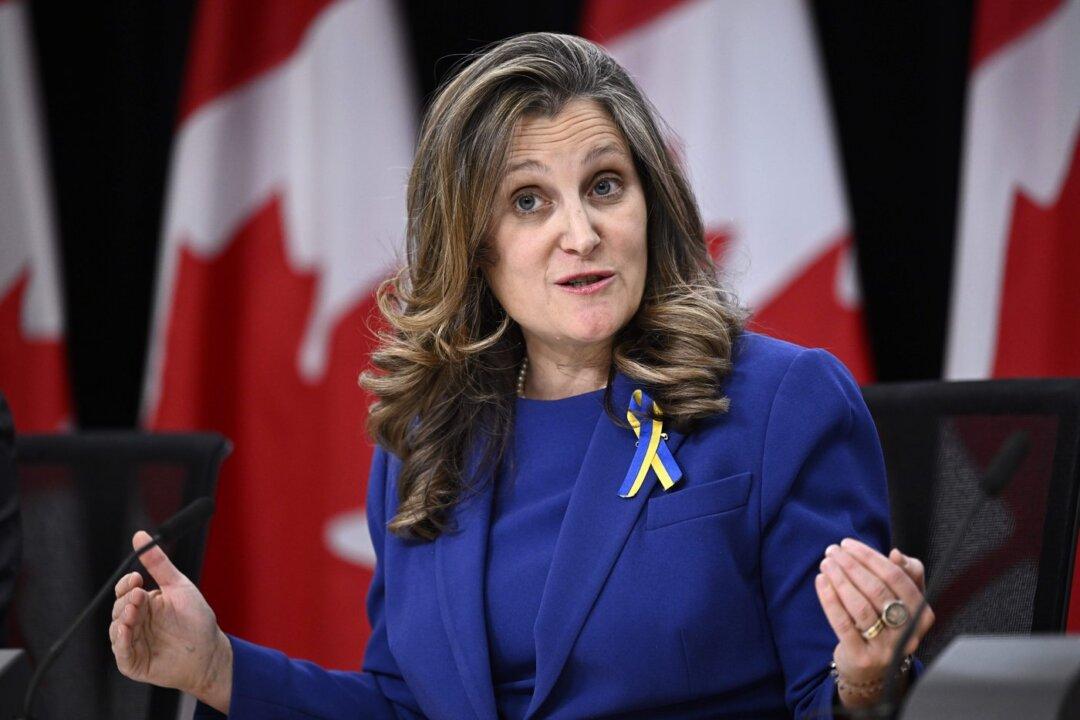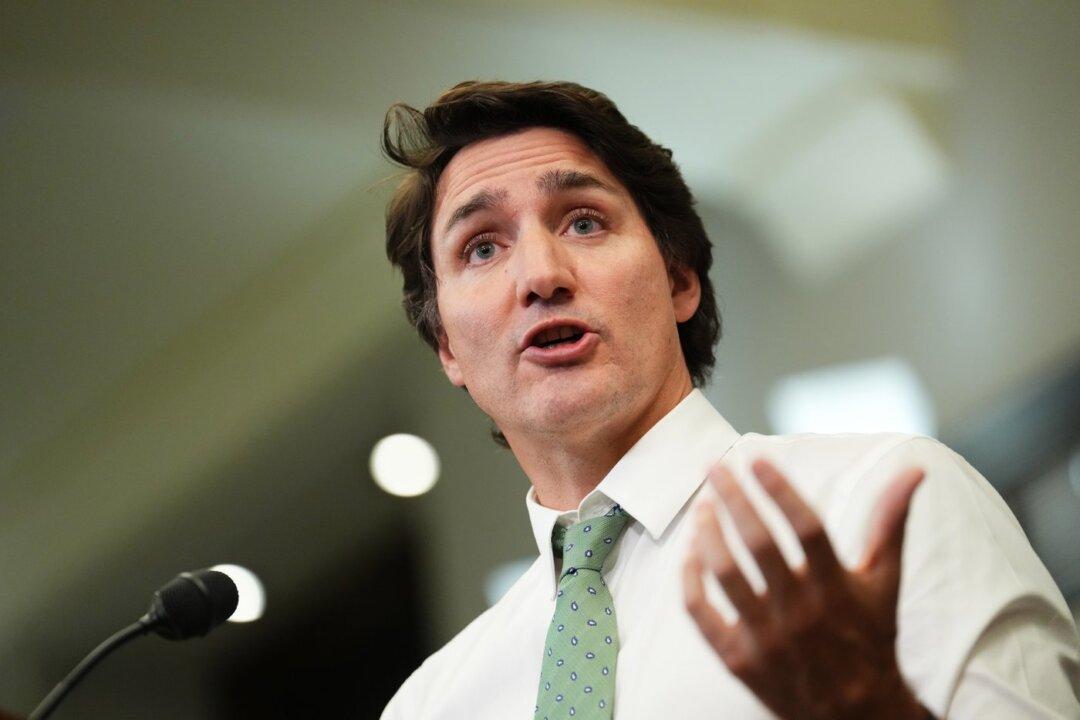Finance Minister Chrystia Freeland says the Canadian dream of buying a first home is “alive and well,” despite current high interest rates.
“Last week I announced that there are now more than 500,000 tax-free first home savings accounts; that’s really important because what that shows is the dream of buying your first home is alive and well, and Canadians are investing in that dream,” Ms. Freeland said Jan. 22 during a press conference at a federal cabinet retreat in Montreal.





